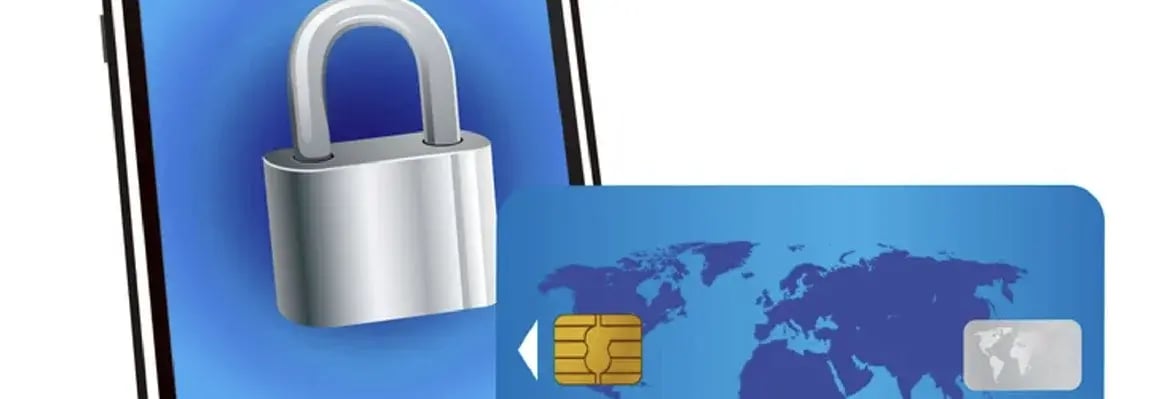A quick guide to 3D Secure Authentication
Date: 6 November 2021

Have you heard of 3D secure authentication being talked of extensively without much of a clue about what it is? As a shopper, you may have read that you should look to 3D Secure authentication to protect your safety and ensure more secure online transactions. If you’re a vendor or are looking to sell online, you’re most probably quite aware of the fact that you need to offer 3D secure authentication to your customers so that they are assured of complete safety & high levels of cybersecurity when they’re transacting online with your brand.
But what exactly is 3D Secure? Why do people rely on 3D Secure online and why is it increasingly being deemed as an absolute essential for payment security?
In this quick guide, we discuss the following:
Definition of 3D Secure Authentication
3D Secure Authentication is a form of fraud protection that requires users to complete an additional verification step with the card issuer during the payment process. First, the customer is directed to an authentication page on their bank’s website, where they’re tasked to enter a password associated with their card, or to enter a code that was sent to their phone. It is basically a protocol that adds an extra layer of protection to your online transactions, thereby ensuring that your data remains safe as a customer and your brand reputation remains intact as a business.
With that said, there are three domains that interact using 3D Secure authentication:
- The merchant/acquirer domain
- The issuer domain, AND
- The interoperability domain
How Does It Work?
Using 3D Secure is simple for the most part.
Say you’re a shopper who wants to make a purchase online. When making an online purchase, 3D Secure will ask you if further safekeeping is needed to ensure that you’re the rightful card owner. If so, you’ll be taken to a 3D Secure page, which will ask you for a unique password or PIN. From there, your bank will generate and send you via SMS (phone) a one-time PIN code, which you’ll need to type in before the transaction can be complete.
Pros & Cons of 3D Secure
As you can tell by now, 3D Secure sounds like a great deal, when it comes to online security. More so, 3D Secure was developed by Visa, and now licensed to Mastercard, meaning that most major card providers already use this process.
With that said, here are the pros of 3D Secure in greater detail:
1. Protection From Fraudulent Chargebacks
If you’re a vendor, then you’ll know about chargebacks, when online shoppers retract their payments. However, fraudulent shoppers will try to take advantage of this process, making you lose money from your business.
But with 3D Secure, your business will get more security against chargeback fraud and friendly fraud.
2. Shift In Liability
In addition, 3D Secure ensures that you’re not liable for fraudulent chargebacks. Instead, liability is shifted from you – the business owner – onto your issuing bank; or liability is shifted from you onto the card issuer who made the fraudulent chargeback. No matter what the situation is, all disputes will be handled behind the scenes, rather than showing up on your vendor dashboard.
3. Interchange Benefits
Another great benefit of 3D Secure is that using it for Visa or MasterCard can provide interchange benefits. Such benefits often come in the form of lower interchange fees, as well as longer payment terms with the acquirer that you do business with.
The following benefits can be seen for card holders and issuers:
· Less possibility of fraud and loss
· More customer protection
· Increase in vendor sales
· Better transactions from international customers
· Secure servers with SSL encryption
· Merchant satisfaction
4. More Customer Confidence
Finally, consumers will trust your business more if they know for a fact that their shopping experience is secure. As a result, you’ll get more and more customers (including existing ones) flocking to your site, knowing that their personal and financial data is safe.
The Cons
Even with the promise of authenticity for transactions, 3D Secure can still have its setbacks. One of these downsides is that it often appears to users as a pop-up. Since pop-ups are often perceived as spam-like, customers can be skeptical if the 3D Secure pop-up is legitimate or not.”
In short, 3D Secure can suffer from the following possible setbacks:
· Fraudulent transactions and chargebacks can happen with 3D Secure.
· 3D Secure must follow regulations concerning customers and vendors, which can be tedious at times.
· Sometimes, 3D Secure can “interrupt” a customer’s checkout process and make them abandon their cart.
Conclusion
So, you see, 3D Secure authentication can be extremely helpful to your online business. Despite the setbacks mentioned in this quick guide, 3D Secure has already become more widely used, thanks to more and more technological advances in the online shopping sphere.
So, be sure to give 3D Secure authentication today, and good luck!
Author: George J. Newton

George J. Newton is a writer and editor for Academic Brits and PhD Kingdom. He also contributes his work to websites such as Custom Coursework. As a business development manager, he has overseen business development efforts across various companies. As a content writer, he writes articles about marketing trends, technology, and coding.







